Don’t be busy – be productive
21 Aug. 2023
Have you ever wondered where your day has gone? Why, despite time slipping by, you still didn’t get around to sending that email, emptying the dishwasher, or completing that lunchtime walk? Life is full of distractions that divert our attention from what we should be doing. Unexpected calls and messages; background chatter; inadvertently slipping into aimless scrolling; there’s all manner of attention-seeking curve balls that can send your day off track.
Being more productive means efficiently managing your time, energy, and resources to accomplish your goals. Working smarter, not harder – doing more with less.
Adopting strategies and techniques to focus successfully and make the most of your time and resources will boost your productivity. They’re practices that can apply equally to personal and professional aspects of life, are predominantly free, and with a little self-discipline and practice will see you whizz through those must-do tasks.
So, how do you become more personally productive?
1. Identify and manage tasks
The bedrock of personal productivity is to set clear, specific, and achievable goals. If they’re large or complex aspirations, break them down into more manageable, smaller steps and work on them one at a time.
Use these goals to then prioritise actions using a simple to-do list, planner, or online planning app. This helps you visualize the tasks-at-hand and gives you a sense of accomplishment as you check them off. Consider the amount of time you have to get things done, allocate specific time slots for different activities and commitments, and set yourself realistic deadlines. If you’re struggling to prioritise which tasks to tackle first, the Eisenhower Matrix is a simple method of determining urgency and importance.
There are various task manager tools designed to help keep you on track. Many help you prioritise a manic workload or busy mind, set reminders, and update progress.
Habit trackers
A habit tracker monitors and visually plots the completion of usually home-based good habits over time. From regular exercising, reading, or gardening, to eating your five-a-day or learning a new skill, it’s a gentle reminder and motivator to establish positive routines.
Draw a grid with the habits you want to cultivate as rows and with dates or days as columns. As you complete each habit on a given day, tick or colour in the corresponding cell in the grid. Keep it somewhere accessible – drawn in your diary or stuck on the fridge – and regularly review your progress. Celebrate your success and review where there’s room for improvement. Read more about habit trackers.
Bullet journals
While habit tracking is common practice in self-improvement and behavioural change, it wasn’t until 2013 that product designer Ryder Carroll popularised the technique with the creation of a bullet journal, or BuJo system.
A bullet journal incorporates habit tracking along with other personal organisation tools such as diaries, collections of themed lists, planners, and indexes. While there are structured bullet journals available to buy, all you really need is a notebook (ideally with grid paper) and pen.
Bullet journaling uses a system of rapid logging, with specific symbols representing different entries. These can be personalised or a dot (•) for tasks, a circle (o) for events or appointments and a dash (-) for notes. Colours and symbols can also be added to indicate the status of the task: done, dropped, moved to another day and so on. Read more about bullet journals.
Apps
Free online apps that let you create and track different projects are in widespread use in homes and workplaces alike. Giants like Monday.com, Trello, and Todoist are commonplace, while some people prefer to simply build their own using word processing or spreadsheet software. Your employer may also have preferred or specific tools for you to use, so check what products your workplace offer or recommend.
2. Understand what to priortise
With all these plans and lists in place it could be tempting to run at everything at once but focussing on one task at a time and giving it your full attention will lead to better results. Set a time limit for each task and dedicate that time exclusively to it. Make sure you review what’s urgent and what’s important to help you know what needs doing in what order.
3. Eliminate distractions
Maintaining concentration at work or home – or indeed working at home – can be challenging unless you single-mindedly eliminate distractions. Some may be unavoidable, but where you can, take simple measures such as:
- Establish boundaries to protect your work hours. Turn off your email when not at work and if you need to set aside time to complete tasks, book out time in your online calendar, or add a temporary unavailable status to office systems.
- Declutter and keep your workspace tidy.
- Keep things that distract you out of reach.
- Don’t make a convenient thing to do an inconvenience. A wash cycle beeping or supermarket delivery arriving in the middle of a workday can break your focus.
4. Take care of yourself
A productive day follows a good night’s sleep, while exercise, regular breaks and healthy habits will boost energy levels and focus throughout the day. The Pomodoro Technique – 25 minutes of work followed by a 5-minute break – is a popular way to structure active work slots – and will teach you to count in tomatoes!
5. Delegate
Knowing when to delegate and making sure you do can help you free up time and mental capacity to focus on something of higher-priority, or equally important self-care.
6. Think onwards and upwards
Regularly review your productivity, try to identify patterns of when and how you achieve the most, and adjust your strategies accordingly. If clearing some work first thing before tackling emails or hitting the housework after a morning coffee works for you, then make it a habit.
Whatever strategies you employ, being productive isn’t about working longer hours or trying to do more. It’s about being consistent and focussing on what matters, maximising your time, and ultimately finding a healthy sense of accomplishment.

 Contact Us
Contact Us


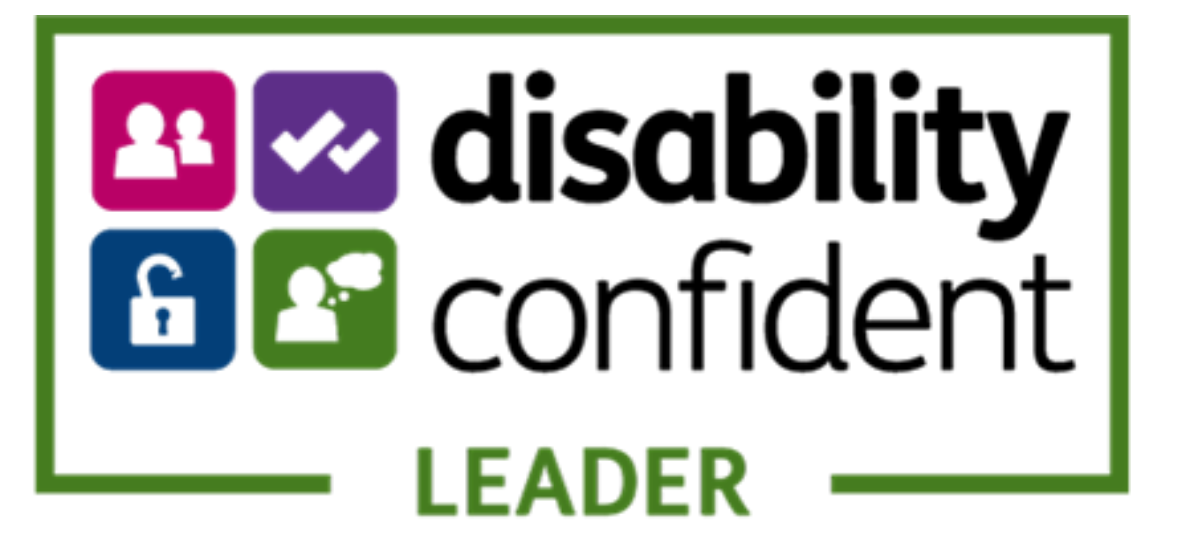
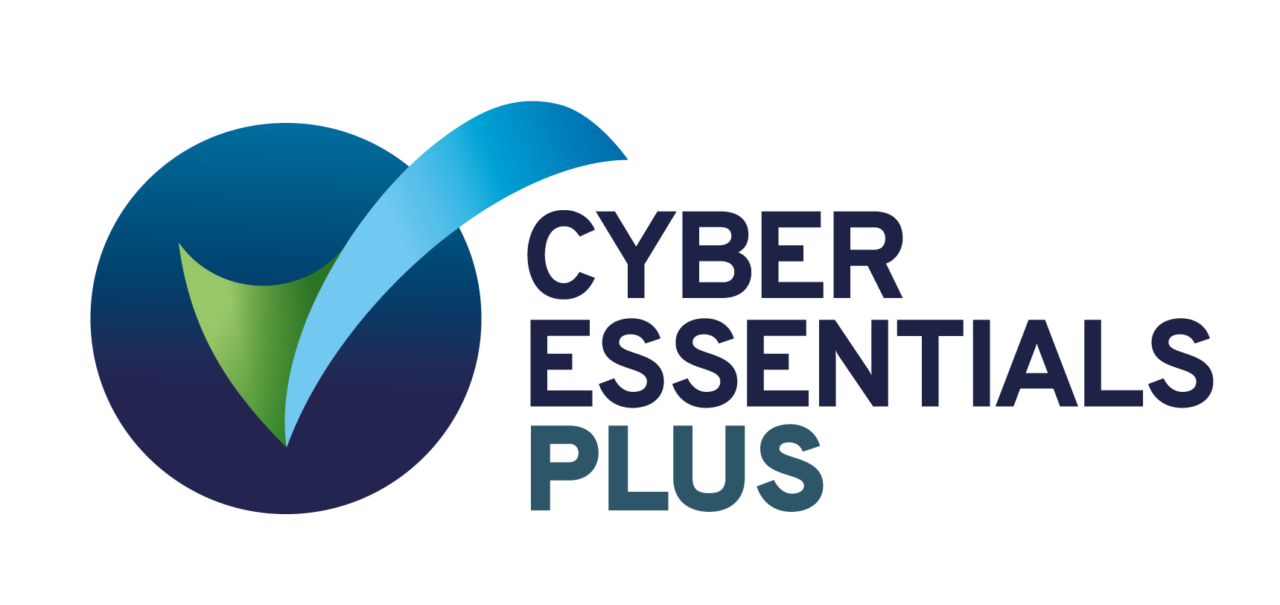
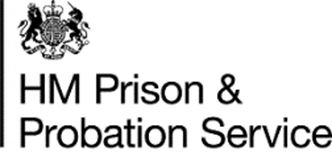
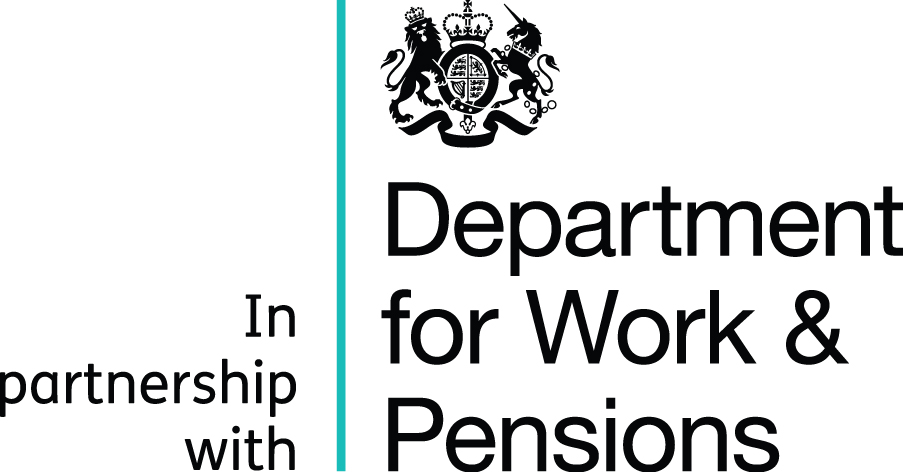


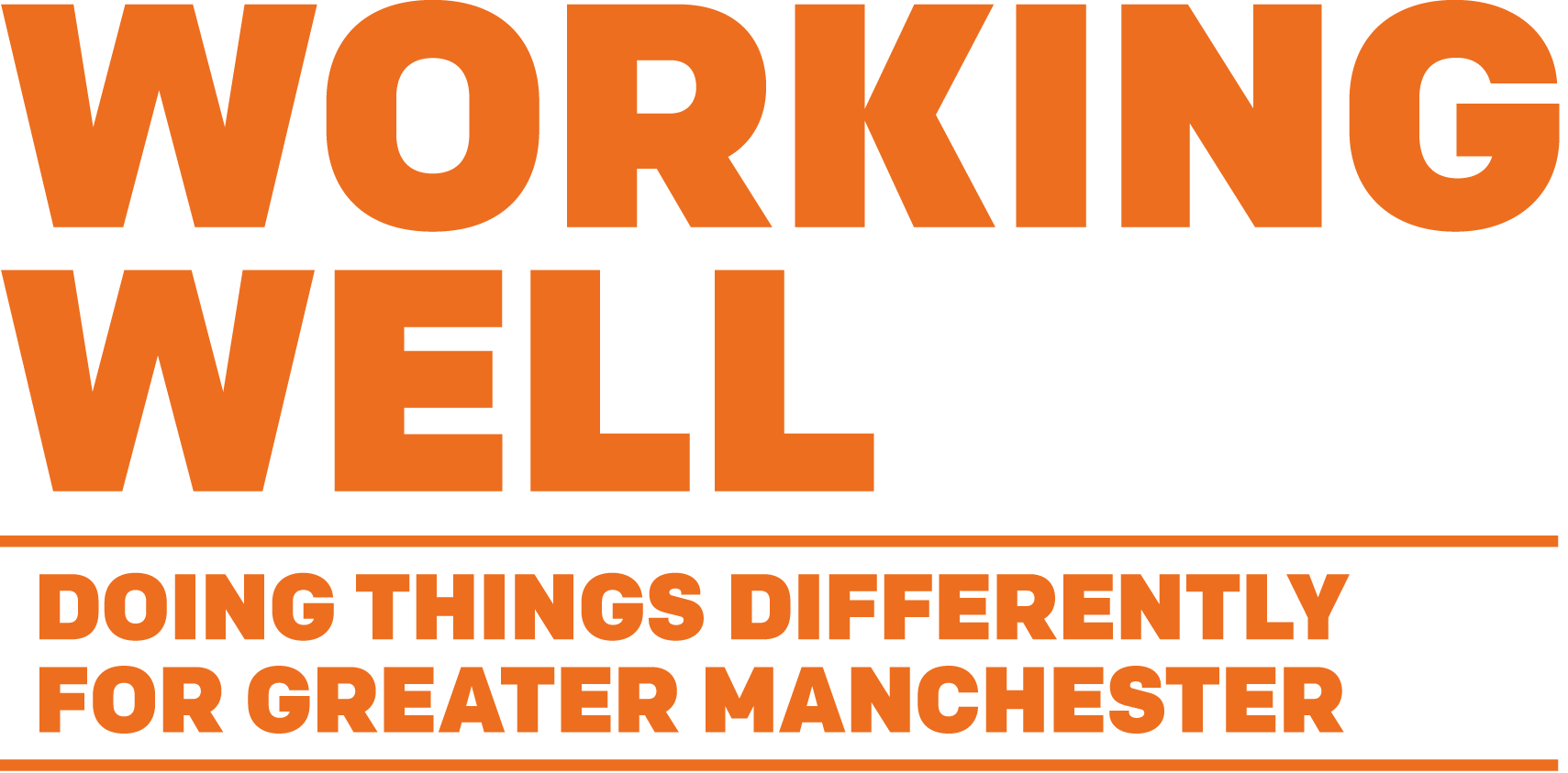.png?width=1709&height=843&ext=.png)
.png?width=1165&height=190&ext=.png)
